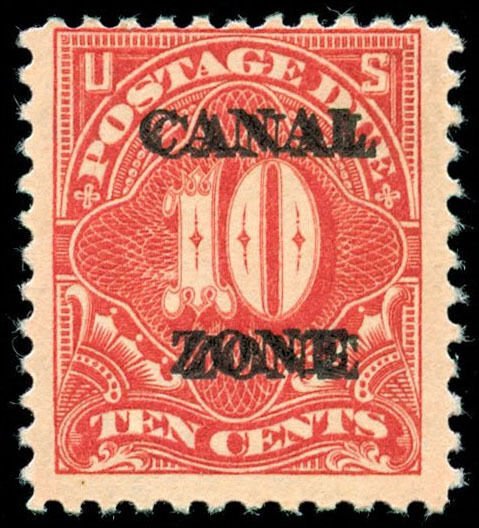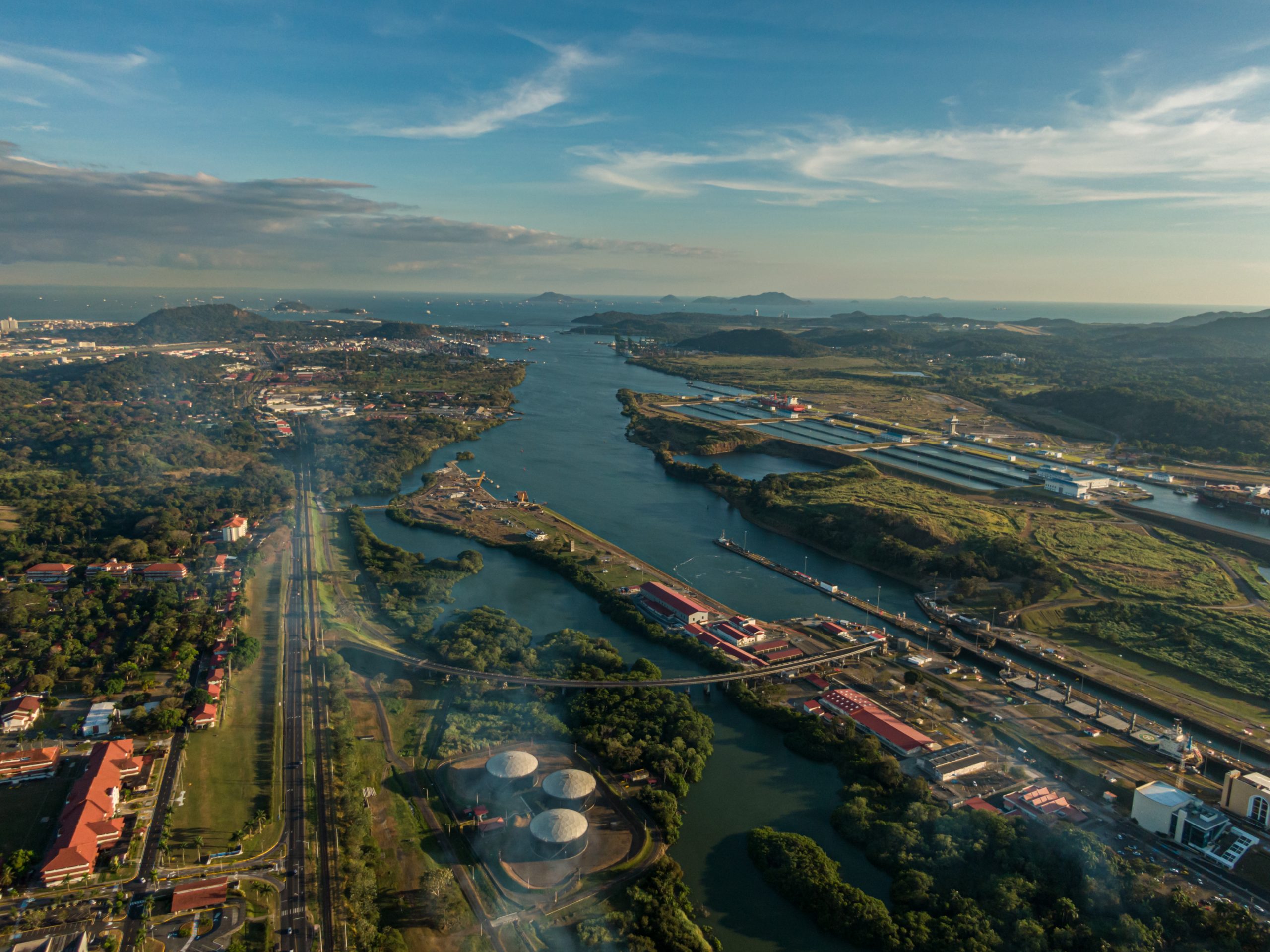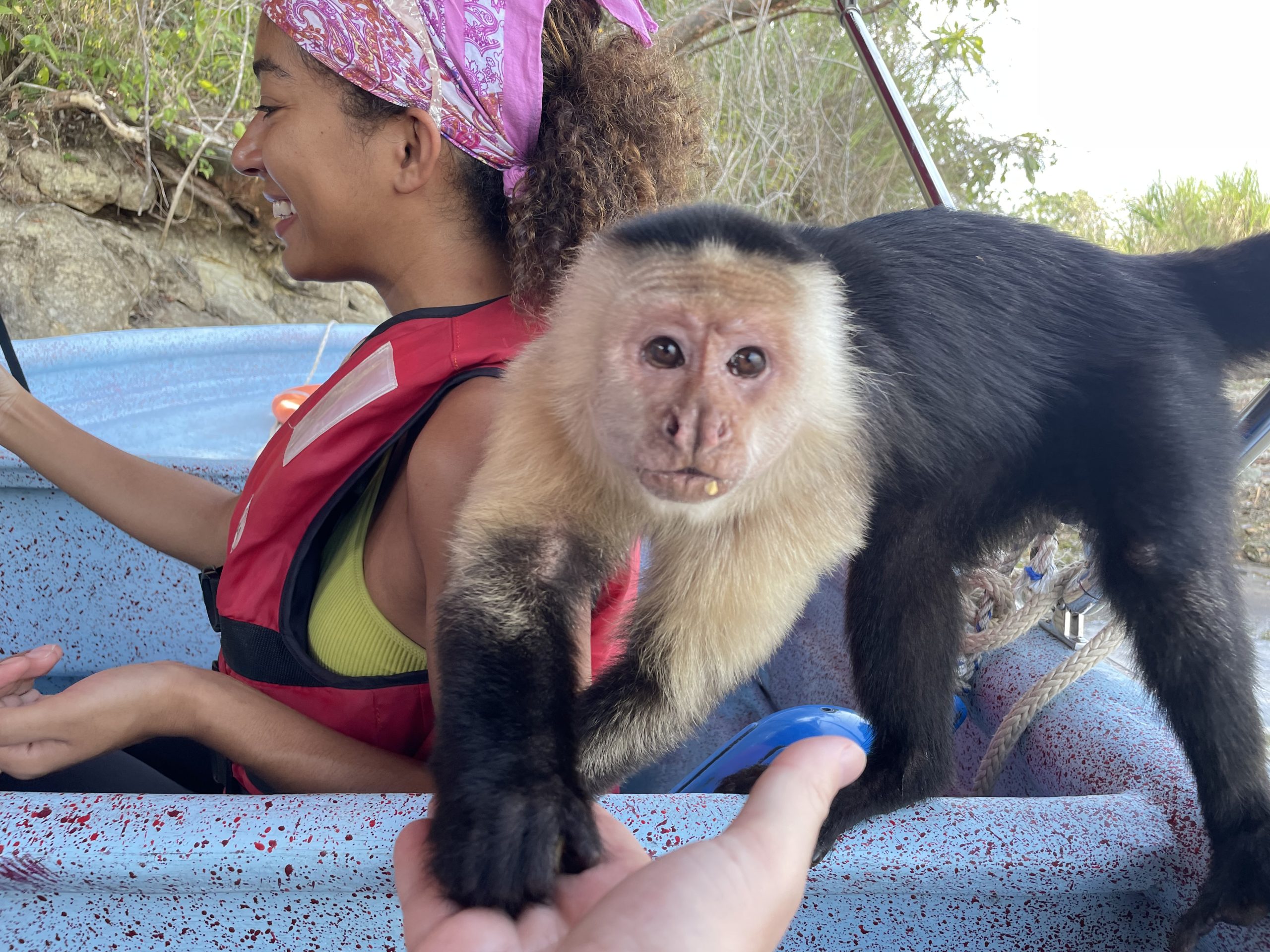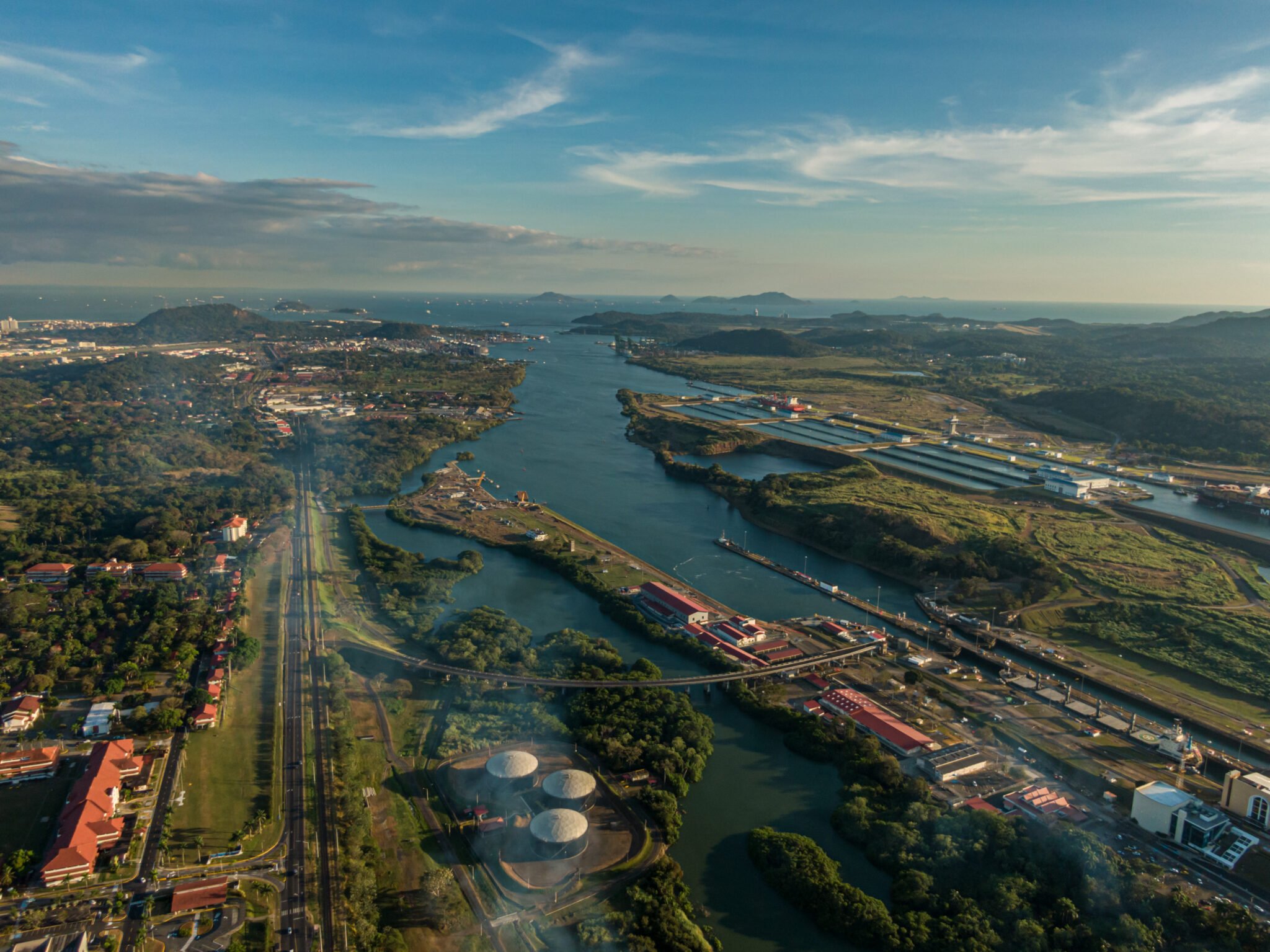In 1905, American civil engineers were given a seemingly impossible task. Building a canal connecting the Pacific Ocean with the Caribbean Sea. They surveyed the territory, eradicated yellow fever, flooded the landscape, created two artificial lakes, and successfully drove a passageway through the mountains. They created the largest locks ever built so vessels could rise up, elevator-like, to traverse Panama’s mountainous midlands. All this to eliminate the dangerous three-week journey around South America. And somehow, the whole seemingly insane plan worked.
My fascination with the Panama Canal began back when I was a nerdy sixth-grade stamp collector, puzzling over mid-century U.S. stamps imprinted with the words CANAL ZONE. “Why were we issuing stamps in a country not our own?” I wondered. The question I was too young to ponder was: What gave Americans the right to conquer, flood, build, and own this vital means of international trade?


The U.S. gained ownership of the Panama Canal through a treaty signed in 1903, but its acquisition raises questions of exploitation. No Panamanian representative was present when the treaty was negotiated, granting the U.S. control over Panama for 99 years. The compensation provided to Panama for the land and control over the canal was insignificant compared to the annual gross. The U.S. paid a mere $10 million to Panama, a fraction of what the canal would generate in annual profits, estimated to be around $100 million.
The history of the Panama Canal is intertwined with Panama’s long-standing desire to regain control over its own territory. The U.S. presence in the canal zone was a source of tension between the two countries for much of the 20th century. Panama’s push for sovereignty culminated in the Torrijos–Carter Treaties of 1977, which outlined the transfer of the canal to Panama and established a timeline for complete Panamanian control. The handover of the canal in 1999 marked a significant milestone in Panama’s history, symbolizing the country’s independence and sovereignty.

Today, the Panama Canal remains a critical artery of global trade, accommodating a wide range of vessels, including container ships, bulk carriers, and cruise ships. Its expansion project, completed in 2016, allows for the transit of larger “New Panamax” ships, significantly increasing the canal’s capacity. This expansion has further solidified Panama’s position as a key player in international shipping and has led to a boost in maritime trade and economic growth for the country.

The Panama Canal continues to captivate visitors from around the world, offering not only a marvel of engineering but also a window into the complex history and global significance of this remarkable waterway.
Last week, I flew to Panama City and set off on the half-hour drive to the Canal’s Observation Center, where a commentator at the Miraflores Locks narrated the passage of a series of massive ships, some bearing over 700 containers and the other a thousand Japanese cars. The vessels were completing their ten-hour journey through the Canal. Each had paid more than $600,000. The ships descended, like toy boats in a bathtub, preparing to free themselves of the Canal’s narrow straits (only about 18 inches separate the ships from the walls) and enter the Caribbean Sea.

To experience the Canal region yourself, you can take a speedboat from Gamboa, 45 minutes from Panama City, to Monkey Island—actually a series of small islands alongside the central region of the Canal. Capuchin monkeys jump into the boats to nab peanuts from tourists’ hands. On a good day, you can also see howler monkeys, bats, iguanas, turtles, vultures, hawks, crocodiles, and capybaras.
If you want to experience old Panama, consider avoiding the modern chain hotels downtown and opt for Sofitel Legend Casco Viejo, the first Sofitel Legend to land in Central America, in once the neighborhood of the city’s wealthiest. The Casco, now a UNESCO-protected site, dates back 500 years and is the earliest European settlement on the Pacific Coast anywhere in the Americas. Its architecture blends French, Spanish, and early American styles.
Panama’s elite built a Club Union in the Casco with income derived from the newly opened Canal. They made the Club the center of Panama’s social, political, and economic life. Club Union was later taken over by Panamanian strongman Manuel Noriega, who used its premises for parties and military events.
After Noriega was deposed, Panama’s government eventually realized the tourist dollars it could attract by rebuilding the Casco into one of the primary visitor destinations in South America. Since the neighborhood is home to the current president of Panama, it is heavily guarded by police. This has led to a resurgence of street life, attractive bars, restaurants, and shops, making Casco the coolest place to dine, stay, or play in the city.
Sofitel bought the crumbling frame of the Club Union and turned it into one of its typically luxurious resorts, the Casco Legend, whose oceanfront rooms give visitors the feeling of the view from a cruise ship, with downtown Panama shimmering in the distance. The property has been open just a few months and provides a welcome alternative to bustling Panama City.
The uniqueness of the property is its combination of elegance, grandeur, and history. You’re dining, sleeping, swimming, or celebrating a wedding in the same location where a century of Panama’s political leaders, wealthiest citizens, and American ex-pats enjoyed themselves. Albert Einstein, Helen Keller, and Queen Elizabeth II all stayed at Club Union.
While downtown Panama beckons, you can stay put and enjoy fantastic dining options including Caleta, the flagship restaurant with a nod to Sofitel’s French roots; Ammi, a rooftop bar and grill with stunning views; and Arcano, a secret speakeasy, which boasts over 80 specialty rums and a curated selection of inventive, craft cocktails, all of it hidden inconspicuously behind a library wall.
A visit to Panama is a captivating journey through history, engineering marvels, and natural splendor. It offers a unique blend of cultural fusion, allowing travelers to explore the rich heritage of Panama. From witnessing the impressive locks and massive ships navigating the waterway to immersing oneself in the lush rainforests and encountering diverse wildlife, the Panama Canal region offers an unforgettable experience. It is a place where the past converges with the present, where the remarkable achievements of human ingenuity meet the awe-inspiring wonders of nature.







